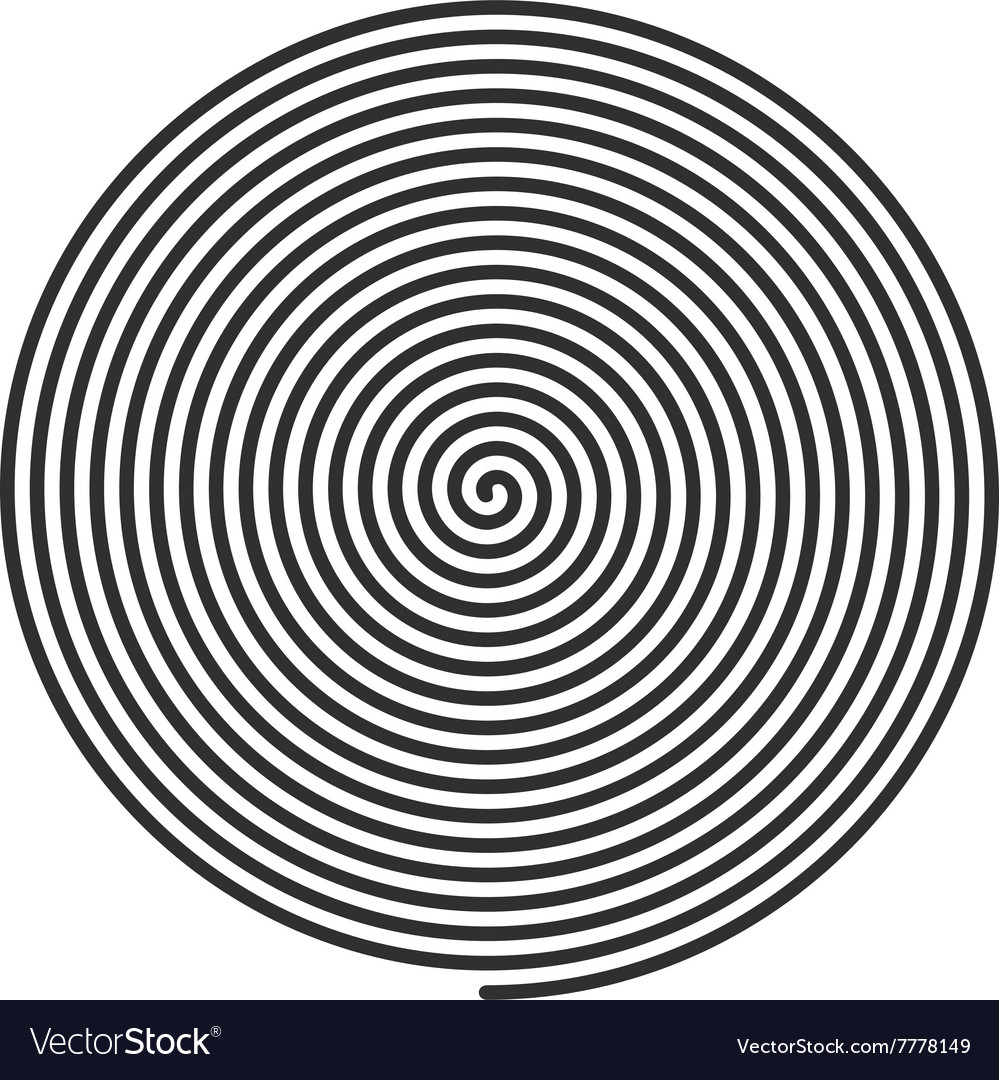Spiralling. but not out of control

IIn a previous blog I have suggested that the best description of the movement of our spiritual lives is that of a spiral, which combines linear and circular movement. We go around and around, nt in a mysterious way the Spirit keeps us in the line that leads to our salvation.
But there are many modes in which the Spirit can lead us through our spirals, They will differ in mode and experience, will adapt to different periods of our lives, and be combined in unique ways. The Spirit is unpredictable.
The standard and traditional spiral image is of an upward progression towards God: indeed in biblical times heaven was pictured as above, hell as below. This leads to the traditional image of the helix, or in more imaged terms, that of the mountain climb: not a direct, linear journey, but one in which as we gradually inch towards the top we must go around many directly impassable obstacles.
But some sense that God is present in the depths rather than the heights. God also dwells in the deepest, most inaccessible part of ourselves, and we descend rather than ascend. These two modes reflect who God is, both transcendent and immanent: as Augustine tells us, He is higher than the highest part of ourselves, more intimate to us than we are to ourselves.
There are two other spiral modes, one which takes us inward, and one which takes us outward. Two images will help us grasp the inward movement, the onion and the labyrinth.
Think of the experience, sometimes tearful, of peeling an onion. Remove the first layer which encircles the onion, and what do you find but an other layer, succeeded by another layer and so on. You may feel a sense of achievement by removing one layer, or, in spiritual terms dealing with one significant area of struggle in your life, but that only gives you the opportunity of dealing with a deeper struggle, and then with another, and so on throughout your life, from more superficial concerns all the way to how typically you fail to allow God to be God for you.
The moment of truth, of full liberation, comes at the very end of our lives. By contrast the labyrinth’s journey starts from the outside of a circle, moves forward on a set path, leading us to take sharp turns, to come close to the centre, but then to go right back to the outer edge, but in the end, having traversed every bit of the area of that circle, entering into the centre space. A telling image of our lives.
Finally the outward bound spiral. It depicts God’s grace as it develops within us and beyond us to encompass the world. The inner point of the circle is our heart, into which the Spirit pours the love of God. Little by little that inward conversion expands: the wayward paths of our psyche are straightened out as we collaborate with grace, our addictions brought under some control, and we acquire a sense of equilibrium.
This entails a painful stretching of our inner space, a dilatation, which Paul refers to as the pains of childbirth. Eventually, in an even wider circle this grace permeates and transforms our bodies in the glory of the risen life.
But even now, under this grace, our partially healed psyches make it possible for us to establish healthy and creative relationships with others, relationships which lead to the creation of communities, communities which bring people together in wider and wider circles closer to the full transformation of our world under Christ.
The ultimate goal is the All in All that Christ presents to the Father at the end of time. This process, not individual but collective, with cultural, political, economic, ecological dimensions, is frustrating, and so often seems to be going nowhere, but we believe that its end is sure.
Is there one form of spiral that more closely fits our own experience, and do we also find traces of other forms as we live out, each one of us, our own unique journey? Whatever the answer to these questions, we know that God’s Spirit presides over our spirallings and brings us to our destination.




Charles Pottie-Pâté
Posted at 09:05h, 21 SeptemberAnother great reflection, Jean-Marc. Great images for interior growth expanding our outward growth into community, into the world….. thank you.
Richard Grover
Posted at 09:28h, 21 SeptemberThank you Jean-Marc. After fighting a world wide pandemic for what seems a long time, we are still afraid, angry, unsure, and cut off from live weekly church . Having just finished a divisive Canadian election last night, the final line in your reflection is a soothing balm, ” …. we know that God’s Spirit presides over our spirallings and brings us to our destination.”
Lorraine Majcen
Posted at 09:29h, 21 SeptemberThank you Fr Jean Marc for your insights on the whole concept of spiralling, as it relates to our lives in the spirit. I will be reading this information a few times in order to take in and grasp all that you have shared. Interesting and informative. Thank you!
Chantal Balthazar
Posted at 09:36h, 21 SeptemberThank you Jean-Marc! Some wonderful images to reflect on.
Peter Bisson
Posted at 09:54h, 21 SeptemberThank you Jean-Marc!
Eric Jensen
Posted at 16:03h, 22 SeptemberThanks again, Jean-Marc!
But have you considered the roller-coaster?
Eric
Maria Skarzynski
Posted at 19:06h, 17 OctoberA deep reflection indeed – I will have to study it carefully. Also learned a new word – never heard or saw it before. At first I thought misspelled – but then I thought ‘no, not this man’ – so I got my father’s old Oxford out – so thank you. Immanent.